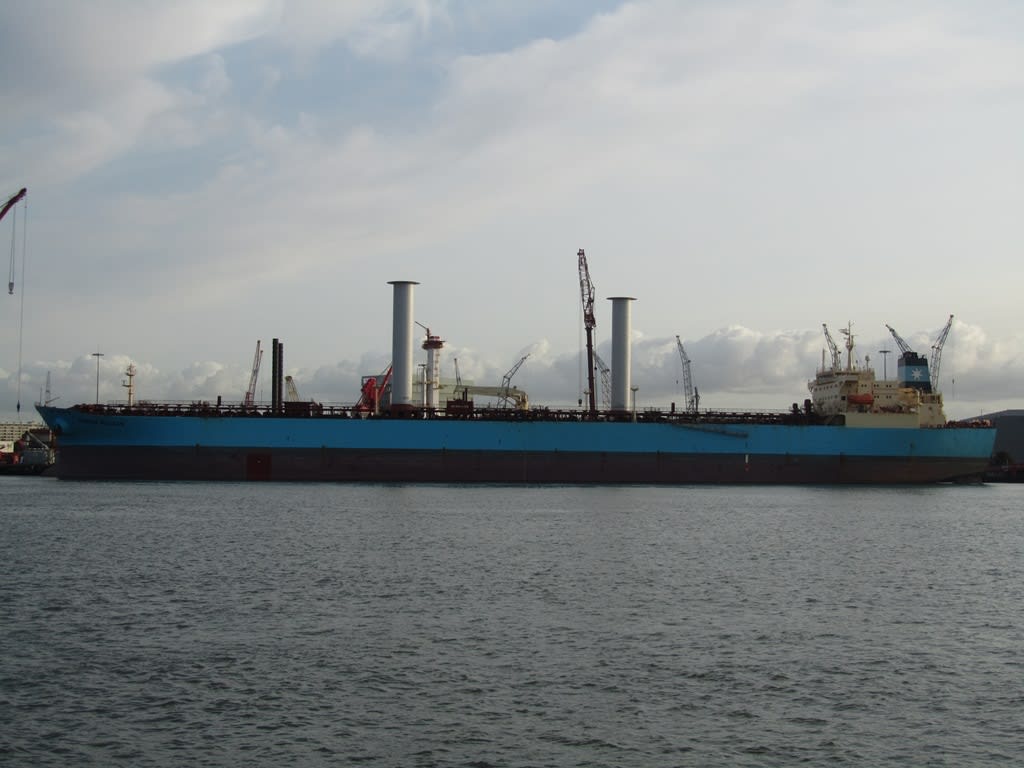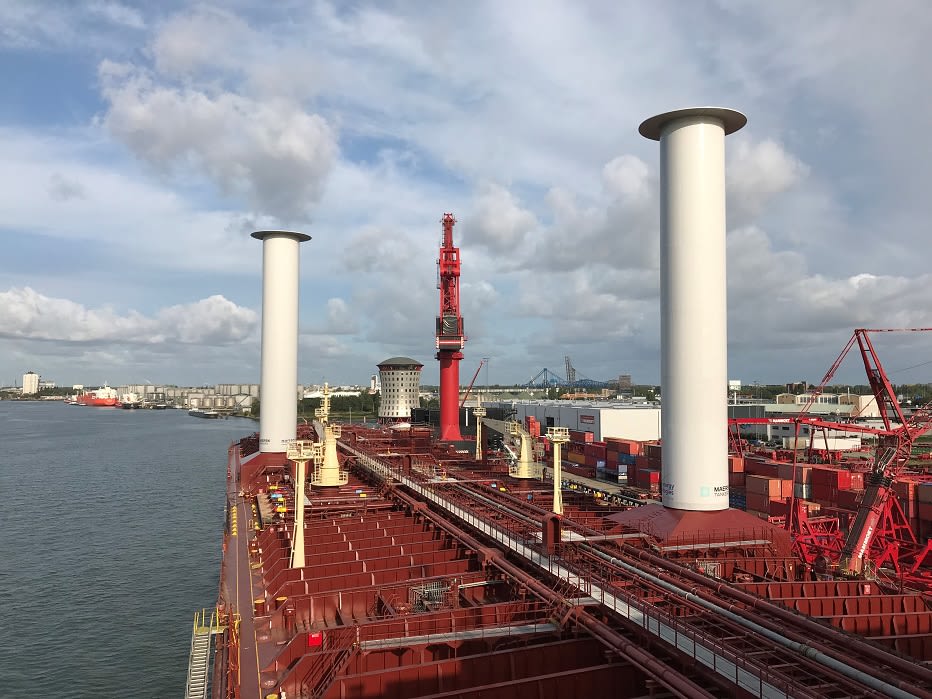YOU’VE NEVER SEEN A SAILBOAT LIKE THIS
In case you haven’t heard, we’re currently using up Earth’s petroleum at ever-faster rates, and, it’s also a little expensive. As a result, shipping companies looking for alternatives to reduce fuel costs are finding just that in wind power—you know, sailboats. Sort of. When you think of a sailboat you probably have in mind those relatively small boats with the big triangle-shaped sails that are made out of cloth that catch the wind and direct the boat. But the wind-powered boats we’re talking about are a little different—and they probably don’t look like any sails you’ve seen before.
Even though these new types of sails aren’t the sails you’re used to seeing, that’s exactly what they are. Traditional sailboats usually rely on the wind directly acting against their sails to provide propulsion. So how do these sails work? These new types of sails, known as “rotor sails” rely on a physics principle called the Magnus Effect.


For those of you who aren’t physics experts, here’s the cux: When an object (like a rotor sail) spins, it drags air around it, which creates an area of lower pressure on one side of the object, pulling the object forward. So basically, just by spinning, the rotor sails pull the ship they’re attached to forwards, using nothing but wind power. With enough wind, ships can ease up on their engines, saving fuel. Ideally, the engines can be turned off entirely.
Harnessing the wind seems great in theory—but will the rotor sail actually be used? Fortunately, things are looking good, because the world’s largest shipping company, Maersk, is installing rotor sails in one of its ships called the Pelican. According to the Wall Street Journal, Maersk has installed 100-foot-tall rotor sails on one of its product tankers in hopes that the sails will cut the vessel’s fuel bill by up to 10%. If the system works out during testing, Maersk could use the technology on dozens of ships in its 164-tanker-fleet.
More than 90% of goods are carried over the ocean, which means we need to find a way to cut back on fuel use. Rotor sails just might be the answer. These money-saving blasts from the past just might save the world—or at least help cut back on oil usage. The future of transportation isn’t hoverboards, it’s sailboats.